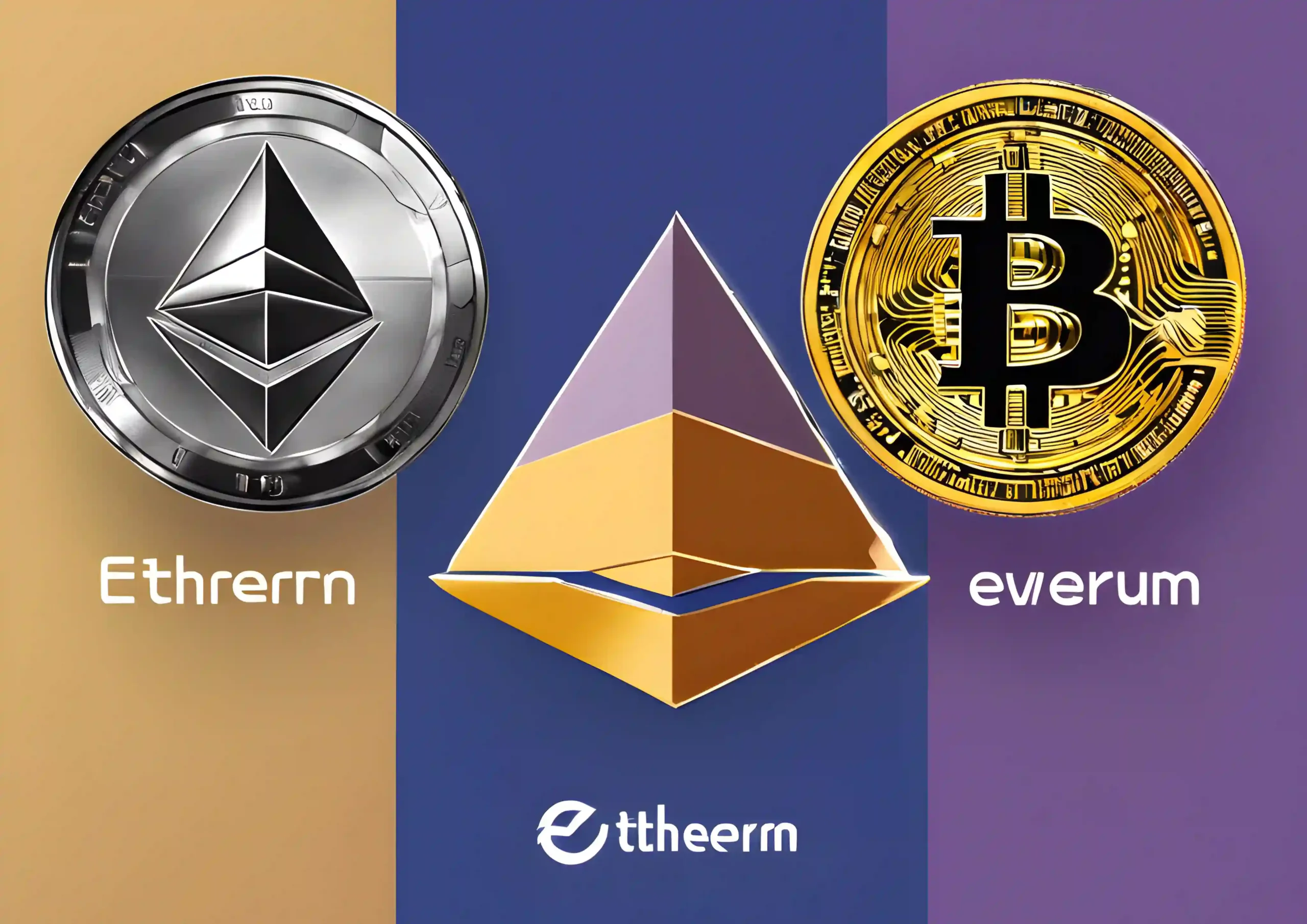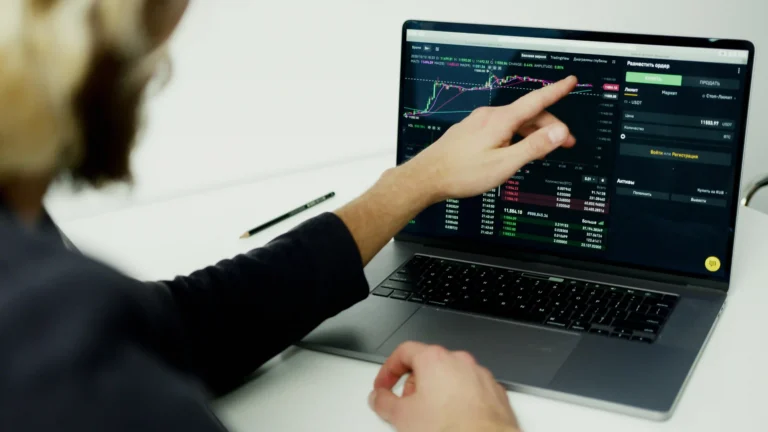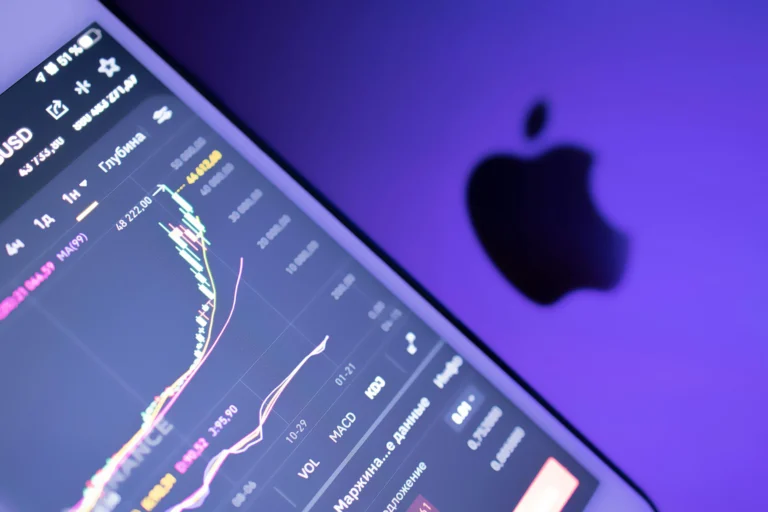
A New Crypto Era Begins
The year 2025 marks a turning point in the history of digital assets. Bitcoin and Ethereum remain the cornerstones of the market, but the role of alternative solutions and technological trends is rapidly growing. Forecasts indicate an expansion of Layer 2 solutions, active tokenization of real-world assets, and the integration of artificial intelligence in Web3. In the context of global digitalization, investment decisions after 2025 require a reassessment of priorities.
Key vectors of crypto market development through 2030 include:
- Resilience of Bitcoin and Ethereum
- Scalability via Layer 2
- Tokenization of assets (RWA)
- AI applications in Web3

1. Bitcoin and Ethereum: The Foundation of the Digital Economy
Why Bitcoin Retains Its Status as the Leading Digital Asset
Bitcoin (BTC) remains the reserve currency of the crypto market. Its decentralization, limited supply (21 million BTC), and growing institutional adoption support its long-term value. Since 2020, major players like Tesla, MicroStrategy, BlackRock, and Fidelity have entered the market. The launch of spot ETFs in the U.S. is reducing volatility and increasing liquidity.
Ethereum as a Hub for Innovation
Ethereum (ETH) has evolved from a smart contract platform into the core of the Web3 ecosystem. The transition to Proof-of-Stake, increasing Total Value Locked (TVL), and the rise of Layer 2 solutions are strengthening its position. According to L2Beat, over 40% of all Ethereum activity is now conducted on Layer 2 platforms.
Ethereum’s current market cap exceeds $500 billion, and analysts expect it to reach $10,000 in the next cycle.
2. Layer 2: Scaling Without Compromise
What is Layer 2?
Layer 2 refers to technologies built on top of Ethereum designed to increase transaction speed and reduce fees. This is achieved by processing operations off-chain and recording final results on the main blockchain.
Key Layer 2 Solutions
| Project | Technology | TVL ($B) | Fee | TPS | Features |
|---|---|---|---|---|---|
| Arbitrum | Optimistic Rollup | 13.2 | Low | ~4,500 | Broad DApp support |
| Optimism | Optimistic Rollup | 8.7 | Low | ~4,000 | Ethereum compatibility |
| zkSync Era | zk-Rollup | 4.1 | Very low | ~20,000 | zk-privacy and scalability |
| StarkNet | zk-Rollup | 1.5 | Low | ~10,000 | STARK proofs |
Development Potential
According to L2Beat, the combined TVL in Layer 2 ecosystems surpassed $30 billion by early 2025. Layer 2 is becoming essential for DeFi, GameFi, and NFT protocols.
3. Asset Tokenization: The Digital Transformation of the Real World
What is Asset Tokenization?
Tokenization is the process of converting rights to real-world assets (real estate, commodities, securities) into digital form on a blockchain. This enhances accessibility, liquidity, and transparency.
Examples of Tokenized Assets
| Asset | Platform | Standard | Benefits |
| Real estate | Securitize | ERC-1400 | Fractional ownership |
| U.S. bonds | Franklin Templeton | Stellar | Low costs, high liquidity |
| Stock assets | Robinhood | ERC-20 | Access to U.S. ETFs |
Growth of the RWA Sector
According to Debut Infotech, the volume of tokenized assets could reach $16 trillion by 2030. Countries in the Middle East and Asia are actively developing regulatory frameworks for digital capital markets.
4. AI in Web3: The Convergence of Two Megatrends
The Role of AI in Decentralized Ecosystems
Artificial intelligence is transforming data processing, automation, DAO governance, and Web3 security. AI integration enables the creation of autonomous financial agents, predictive models, and optimized asset management.
Projects at the Intersection of AI and Web3
| Project | Use Case | Market Cap | Features |
| Fetch.ai | Autonomous agents | $1.2B | Real-time data exchange |
| SingularityNET | AI services marketplace | $800M | Trainable models in a decentralized setup |
| Ocean Protocol | Data exchange | $400M | Privacy and data monetization |
| Render Network | GPU computing | $2.1B | Blockchain-powered AI computation |
The Future of AI + Web3
According to OurCryptoTalk, AI-related projects may account for up to 10% of total crypto market capitalization by 2027. This convergence will drive decentralized data centers and machine learning platforms.
5. Post-2025 Investment Approaches
Sector-Based Diversification
Based on current trends, a portfolio can be structured as follows:
| Category | Portfolio Weight |
| Bitcoin | 40% |
| Ethereum | 20% |
| Layer 2 Projects | 15% |
| Tokenization | 15% |
| AI in Web3 | 10% |
Allocation Strategies
- Barbell Strategy: Combines ultra-reliable assets (BTC, ETH) with high-risk innovative tokens
- Sector Rotation: Based on market phases and project development stages
6. Risks and Challenges
Regulatory Constraints
Many jurisdictions have yet to establish complete legal frameworks. The adoption of MiCA in the EU and pending legislation in Asia and the U.S. will shape future rules.
Technological Barriers
- Smart contract vulnerabilities
- Limited Layer 2 interoperability
- Ethical challenges of AI (deepfakes, manipulation)
Volatility and Liquidity
Cryptocurrency remains a high-risk asset class. Even large projects face liquidity outflows and cybersecurity threats.
Conclusion
After 2025, the crypto market will enter a phase of mature growth. Core assets like Bitcoin and Ethereum will retain their position at the heart of capital, but growth will increasingly depend on Layer 2 scalability, real-world asset tokenization, and AI integration.
Understanding the structure, risks, and potential of key sectors provides clarity on the evolving digital economy landscape.











